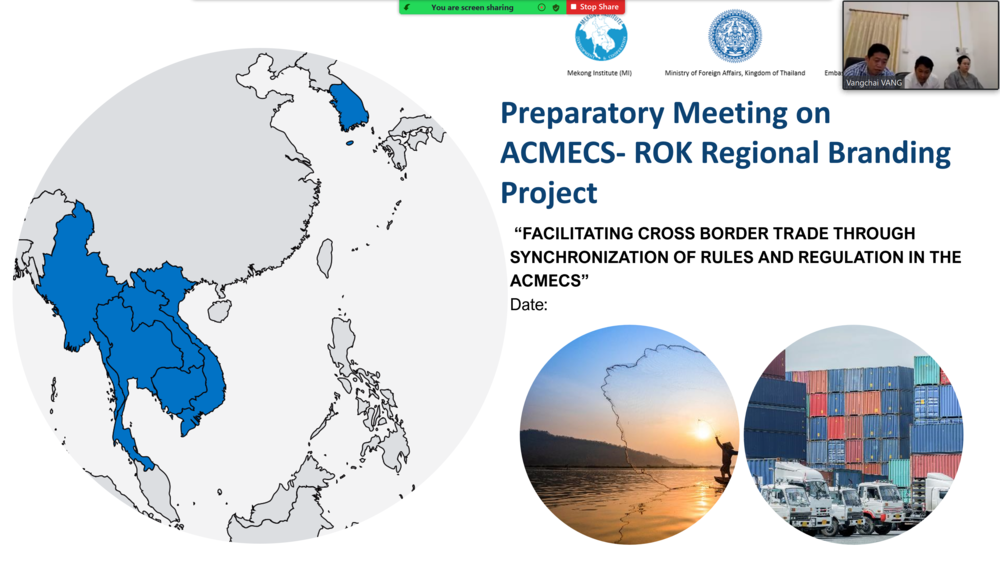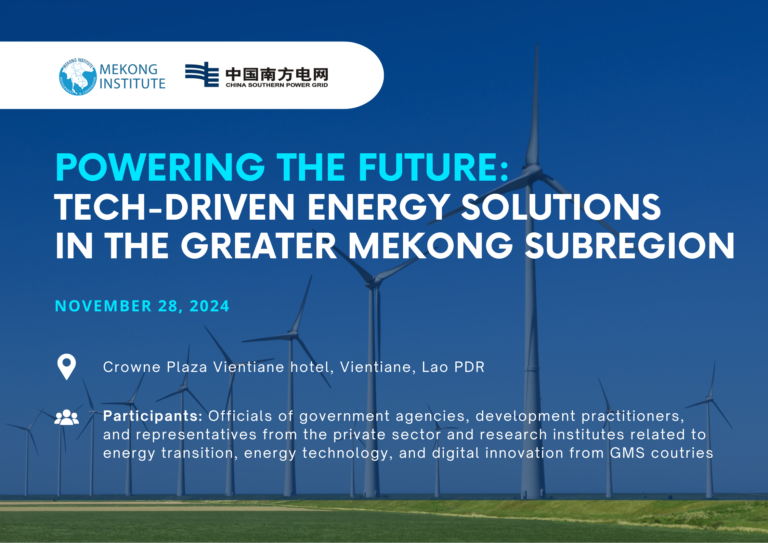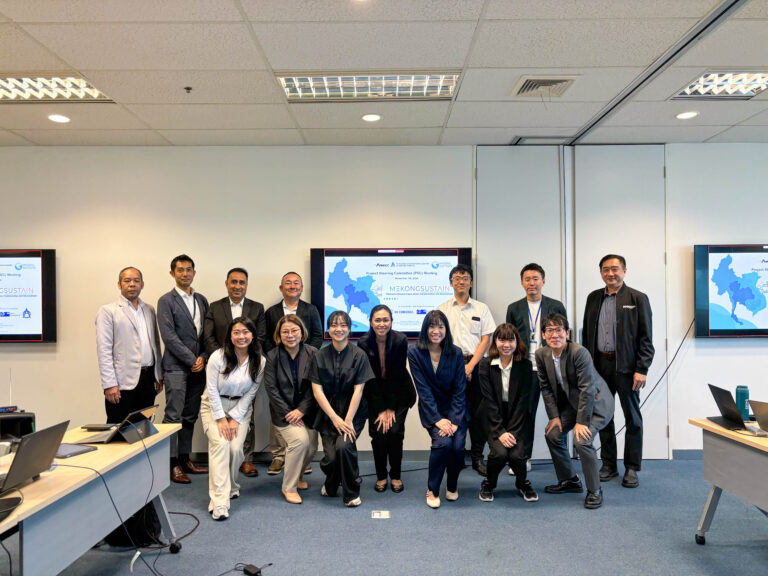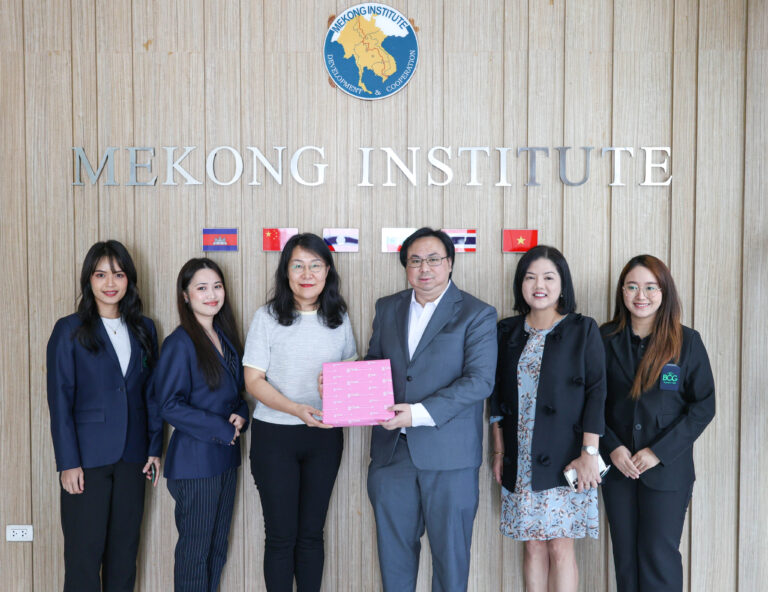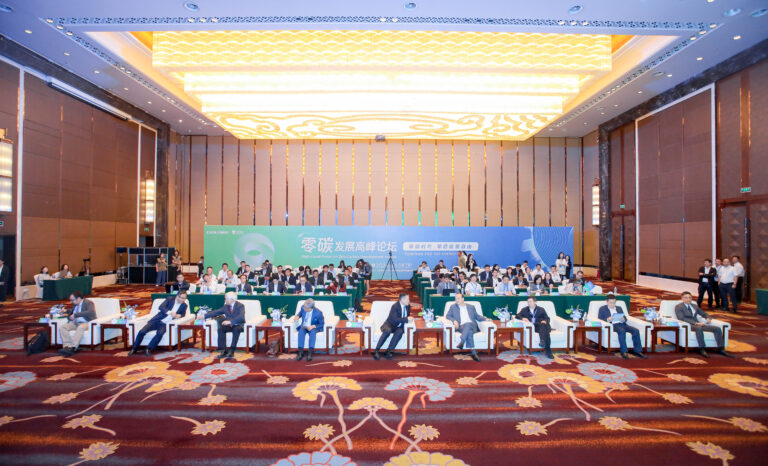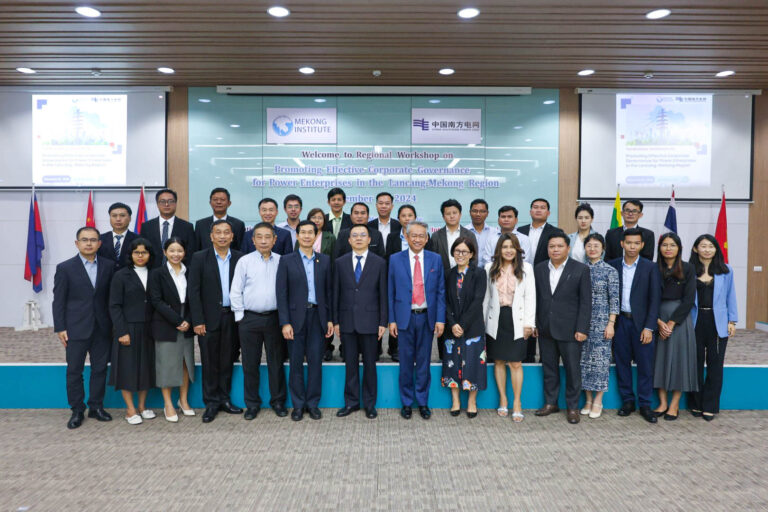From March 20 – 29, 2023, Mekong Institute (MI) organized a series of preparatory meetings as part of the “ACMECS-ROK Regional Branding Project on Facilitating Cross-Border Trade through Synchronization of Rules and Regulations in the ACMECS” to discuss overall strategy with the project implementing agencies (PIAs). Funded by the Republic of Korea (ROK), the project intervention is expected to result in harmonized cross-border trade within the five Ayeyawady-Chao Phraya-Mekong Economic Cooperation Strategy (ACMECS) countries, namely Cambodia, Lao PDR, Myanmar, Thailand, and Viet Nam (CLMTV).
From May 2023 – April 2024, MI’s main task is to coordinate the overall implementation, monitor the progress and report on the project activities to the ACMECS Senior Officials Meeting (SOM). The regional activities will be facilitated and monitored by MI’s Trade and Investment Facilitation (TIF) Department Director, Mr. Madhurjya Kumar Dutta while PIAs from the ACMECS countries, comprising the ministries of Industry / Commerce in Cambodia, Lao PDR, Myanmar, and Thailand, and the Ministry of Information and Communication in Viet Nam, will lead all approved project activities at the national levels.
The one-year project aims to address common issues in ACMECS related to cross-border trade through a common intervention strategy that will improve trade by synchronizing rules and regulations. During the course of implementation, ACMECS PIAs will collaborate through joint activities to draw on inputs, and share country situations and best practices to contribute to the overall goal.
The PIAs will deliver specific activities contributing to the project outcomes on digital and paperless trade, interconnected smart sustainable cities, value-added agricultural products for enhanced regional trade, feasibility of the establishment of a Common Control Area aimed at contributing to the promotion of ACMECS policy harmonization toward a freer flow of goods, services, investment and people.
Established in 2003, ACMECS has the aim to work towards achieving the following:
(i) Seamless Connectivity, (ii) Synchronized ACMECS, and (iii) Smart and Sustainable ACMECS. It acts as a de facto “land bridge” linking economies and markets and plays an important role in complementing and promoting intra-regional, ASEAN and inter-regional connectivity through a synchronized effort by the governments of five Mekong riparian countries.


